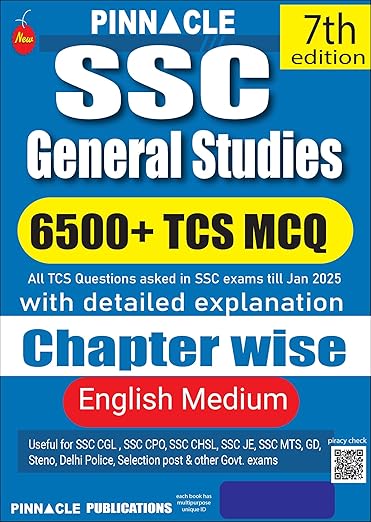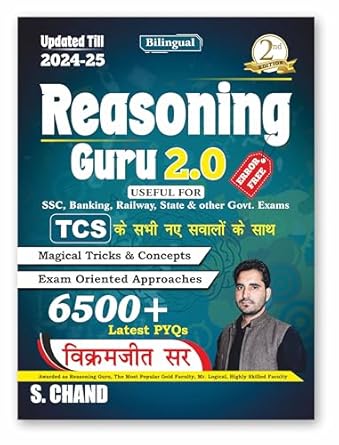- Lower Primary Stage
- Component of Environment
- Study Subjects or Disciplines
- Scope and Relations
- Approaches of Presenting Concepts
- Project Method
- Problem Solving Method
- Laboratory Method
Relationship of Environment and Education - Syllabus and Study Material

Environmental Education is a process of providing learning experiences to obtain knowledge, understanding, skills and awareness with desirable attitudinal change about man’s relationship with his natural and man surrounding which includes the relation of population, pollution, resource allocation, transportation technology and urban and rural planning to the total human environmental.
Lower Primary Stage (Classes I to IV)
At this stage the focus of science education should be on the child’s environment – social, physical and biological. In classes I and II, emphasis should be laid over the development of the habit of cleanliness, healthful living and power of observation. In classes III and IV the study should also include personal hygiene and sanitation. In addition to that children should also be introduced with some formal areas of science like following:
- The plants and animals in one’s surroundings.
- The air we breathe.
- The water we drink.
- The weather that affects our daily life.
- The earth on which we live.
- The simple machines we make use of in our day to day life.
- The body we should take care of.
- The heavenly bodies we look on at night.
It has also been recommended that due emphasis should also be given on the activities regarding gardening right from the early year of the lower primary stage. Commission has also felt the necessity of introducing the child with Roman alphabets in class IV for helping him to learn the internationally accepted scientific language.
Component of Environment
The environmental components can be classified in the following categories:
- Physical components are land, air and water.
- Biological components are plants and animals.
- Social components are population, social system, social change and social relations, urbanization, etc.
- Cultural components are-political, economic, moral and values of life religion, industries, etc.
- Psychological components are facts, self concepts, level of aspiration, life space, topology, goals of life.
Relationship of Environment with Study Subjects or Disciplines
The components of the environment are broadly classified into two major categories –
- Physical components or abiotic components and
- Biological components or biotic componts.
The environment is composed of biotic (biological) and aboitic (physical) components.
This can be shown with the help of chart.

Scope and Relations to Environmental Studies and social Science
Environmental Studies and Social Studies
In social studies, we learn about the progress and development of our society and of human race in general from the very early times of the existence of the earth. The study of the various stages of human victory over the forces of nature and its control over the land, sky and the seas is nothing but the history of the development of human society and of modern civilisation. The advanced electronic system of communication and control and eradication of electronic system of communication and control and eradication of certain diseases are further proof of how science is responsible for the advancement in the knowledge of history, geography, social sciences, etc.
When we look at the history of human race, we realize the contribution of science to us in the development of our society and civilisation as a whole so while teaching history we can very well explain the systematic progress of sciences to our students. Similarly, certain topics in science are directly connected with geography such as, formation of different types of rocks and soil, topics on the study of universe, Earth, Moon, Planets, Changes in seasons on earth, the occurrence o eclipses, rain, storms, weather in geography, the knowledge of science involving the topics of humidity, rain, temperature, thermometer, barometer, rain gauge, etc. is essential. In this way a teacher may find many occasions for correlating the study of science with social studies.
Aims of Environmental Studies Teaching at Primary Stage (From Class I to IV)
- To make the children interested in the study of nature and to help them in getting acquainted with their natural surroundings.
- To educate them regarding the application of environmental studies in their physical and social environment.
- To inculcate good habits of cleanliness and healthful living among children.
- To develop their faculty of observation.
- To provide opportunities for the development of their inventive and creative faculties.
- To give them the basic knowledge of numerals and alphabets for the comprehension and understanding of scinetiic cocabulary and langualg.
- To provide essential knowledge regarding the personal and social hygienes.
- To cultivate the habit of doing work systematically and neatly.
- To make them able to read and understand simple graphs, charts, maps and statistical tables.
- To encourage the children to read and listen to the life story of great inventors and scientists.
Approaches of Presenting Concepts
‘How to teach’ is a really difficult problem for the teacher. Teaching, as it is generally said, is an art. ‘Why’ and ‘What’ of environmental studies have so far been discussed, and now deals with the ‘how’ of environmental studies. “How to impart its Knowledge? How the enable the child to learn, it” are the questions to be answered in this discussion. It is the final step of the execution of what we plan to teach in environment studies.
Different methods of teaching have been proposed or propounded by different educational thinkers or schools of thought in education. It is but desirable for the student to know about all of them, so that he can make a rational choice for himself. The knowledge of procedures, merits and demerits of all the method will broaden the outlook of a would-be teacher. The choice for him in not to be made narrow. It should be then left him to decide from his wide information, which of the methods to use and when.
The following methods have been discussed in details:
- Lecture Method
- Demonstration of Lecture-cum-Demonstration Method
- Laboratory Method
- Heuristic Method
- Project Method
- Assignment Method
- Unit to Topic Method
- Problem Solving Method
Project Method
It is the method of presenting the word picture of an idea; or the method of imparting information through help of the following definitions given by some eminent scholars. According to Kilpatrik “a project is a whole-hearted purposeful activity proceeding in a social environment.”
Steps in the Project Method
There are some definite planned steps necessary for going up with the project method mentioned as below:
- Providing a situation.
- Choosing and purpose of the project.
- Planning of the project.
- Execution of the project.
- Evaluation of the project.
- Recording of the project.
Problem Solving Method
Life is full of problems and man is able to solve them successfully only if he has proper experience and has learn the art of overcoming difficulties in life. This habit may be acquired from early stages of education. As the child grows up he leans new methods of tackling problems. This habit of making efforts and solving independently the various problems prove useful in learning and various facts related to different curricular areas and also helps the child in solving actual life problems at the later stage.
Definition: Problem solving method as a method of teaching represents a method which provides opportunity to the pupils for analyzing and solving a problem faced by him on the basis of the previous stock of his knowledge enriched with the present means available to him, quite independently by following some systematic and scientific steps an arriving at some basic conclusions or results to be utilised in future for the solution of the similar problems is the identical situation.
Laboratory Method
The laboratory provides our opportunity for individualized instructions, as introduction to the use of calculators and computers. It is a setting with in which students can develop their independent study programmes. The literal meaning of the word laboratory is a room where a group of pupils learns the subject matter actually performing experiments. Dr. D.S. Kothari has emphasized that “To learn science is to do science. There is no other way of learning science.” The concept of laboratory is not new. E.H. moore, make statement in his address “Would it not be possible for the children in the grades to be trained in the power of observation and experiment and selection and deduction so that always their science should be directly connected with matters of a thoroughly concrete character.
Importance of Laboratory Method:
- Habit of critical thinking and logical reasoning can be developed.
- Complex theoretically concepts can be made clear by performing sinkable experimenters.
- Learning of subject matter can be given a practical shape.
- Practical mindeness is developed among the students.
- Interest in learning environmental studies can be developed.
- Scientific attitude or temperament is developed among the students.
- Bookish knowledge of the students can be correlated practically with their daily life.
- Sense of keen or sharp observation of the child can be developed.
- Problem solving attitude can be developed in pupils.




0 Comments